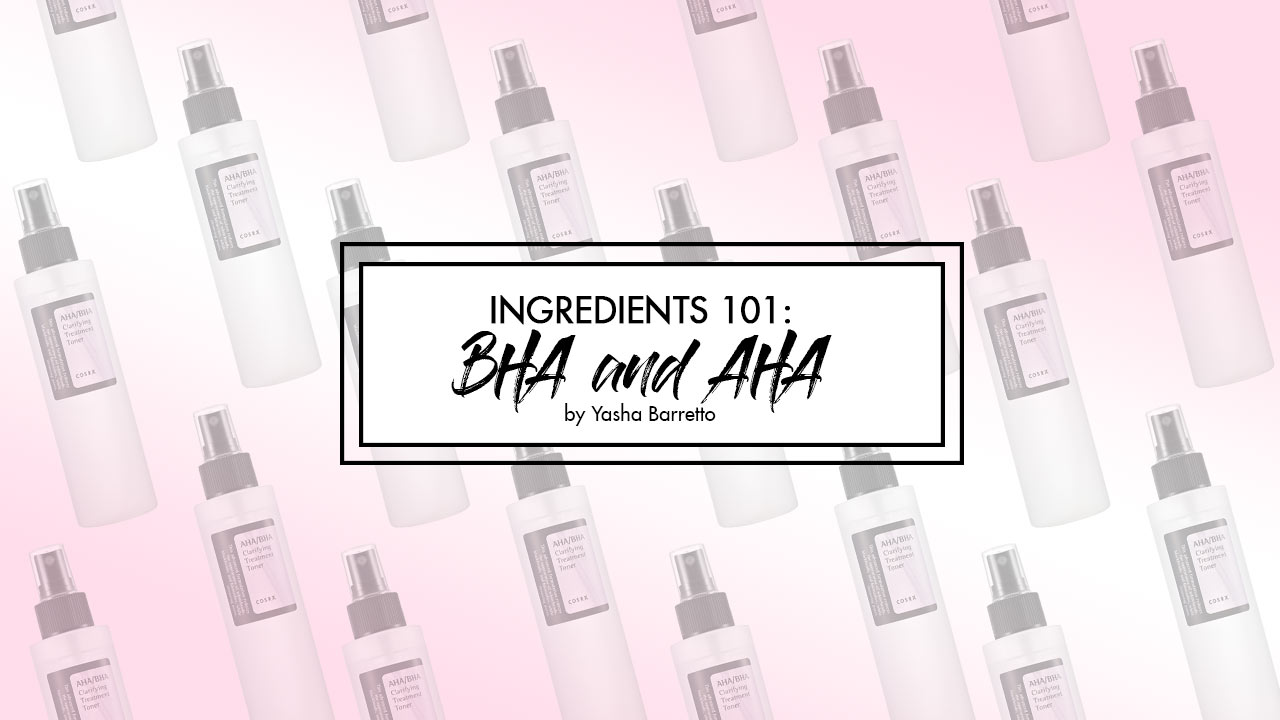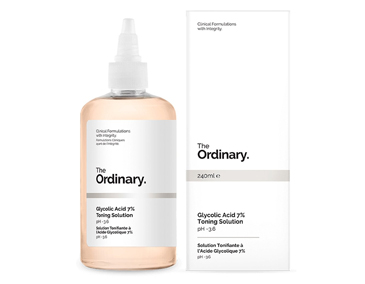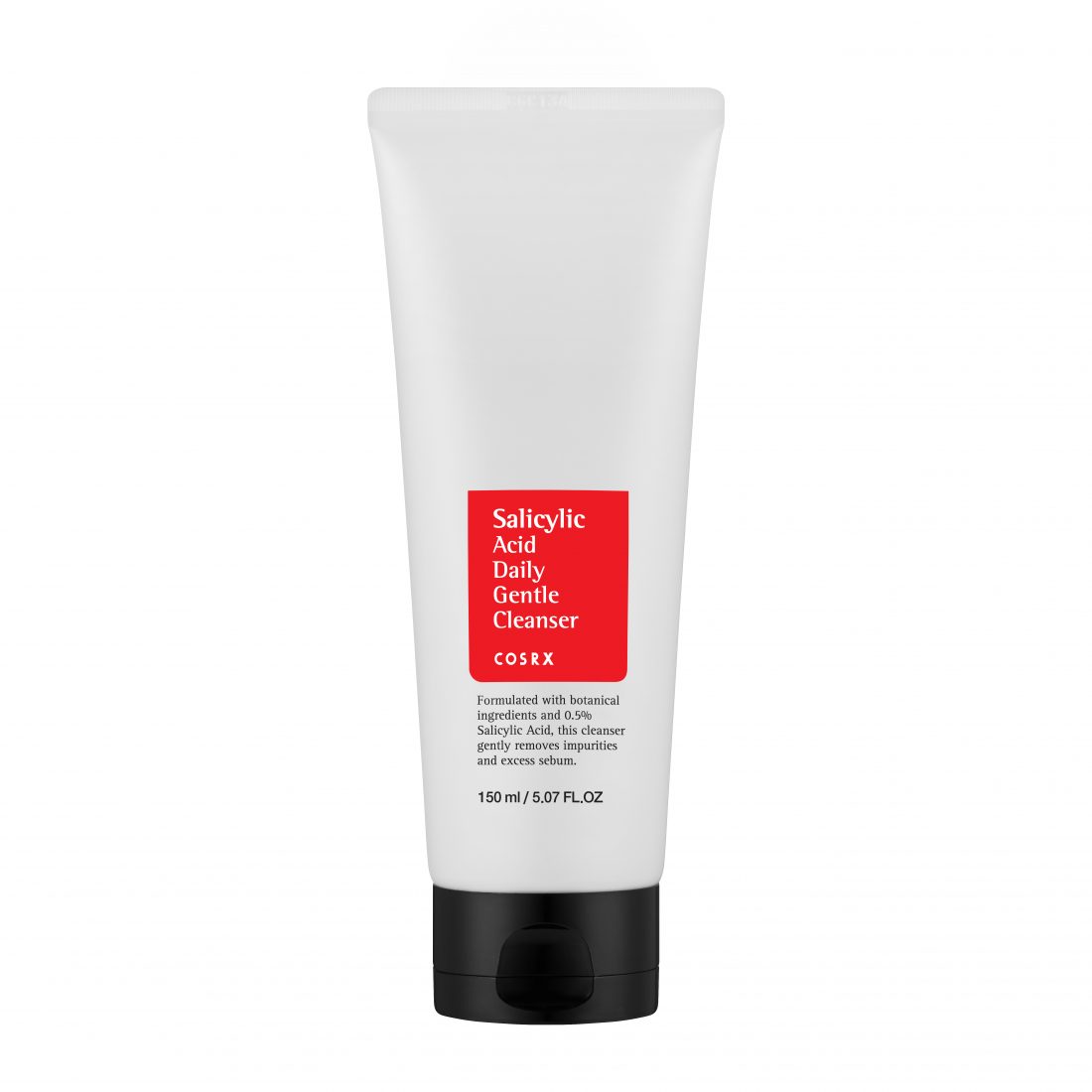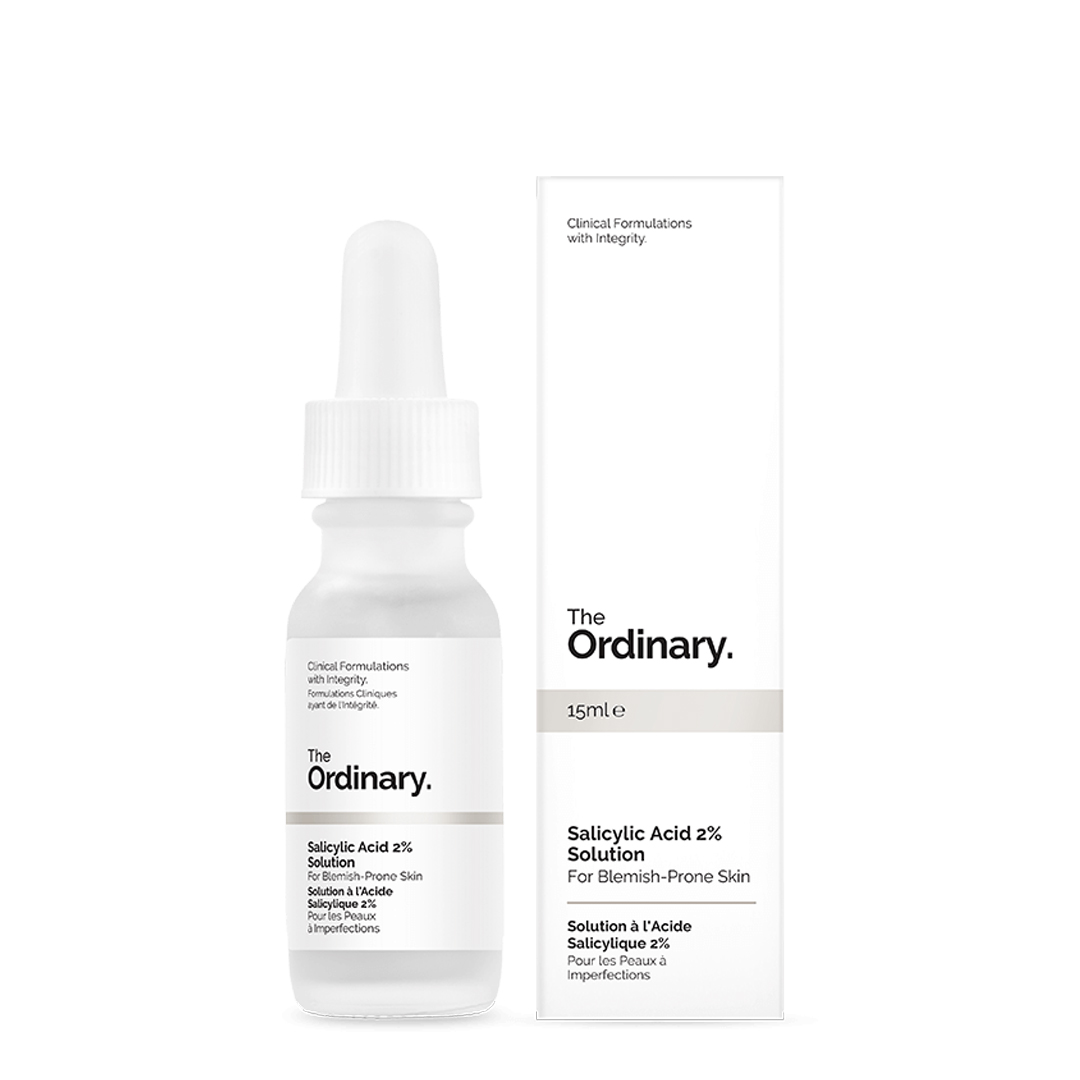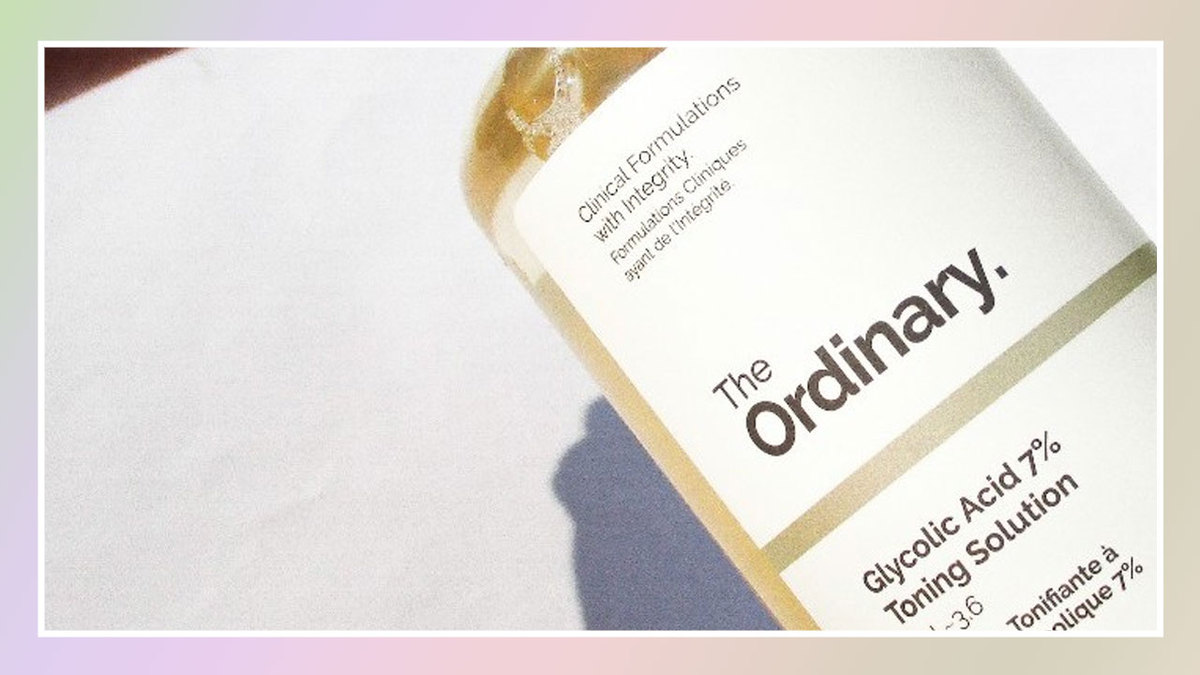
If you’re a tad bit more advanced in your skin care game, you’ve probably heard about the battle of the face acids between Glycolic and Salicylic—which one is the better acid for you?
But before we dive into the difference between the two chemical exfoliators, allow me to quickly remind you about the beauty benefits of exfoliating your skin regularly and the different types of exfoliants you can use depending on your skin type and concern!
Why exfoliate?
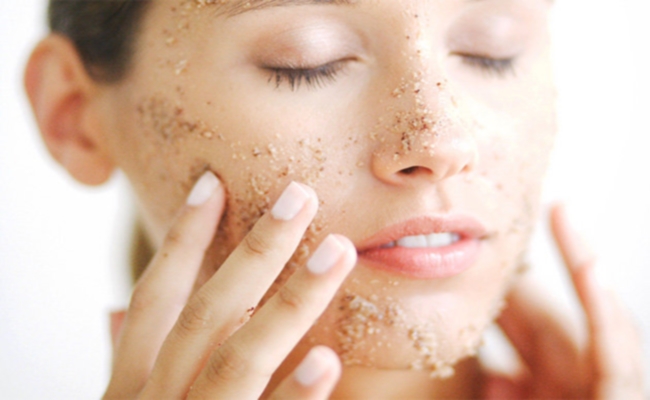
1) Removes dead and dry skin cells
Exfoliating removes dead and dry skin cells that sit on top of your skin to help reveal newer and healthier skin.
2) Minimizes the appearance of pores
Exfoliating removes the build-up of dirt and dead skin in your pores. Not doing so can ultimately cause your pores to expand bigger and become more visible.
3) Reduces breakouts and acne
Deep exfoliation helps unclog your pores from excess oil, which prevents breakouts and irritations.
4) Better absorption of beauty products!
If you’ve ever wondered why your toners, serums, and moisturizers aren’t working as effectively as they should, dead skin cells actually prevent your skin from fully absorbing and making the most out of your skin care products. If the pores are blocked, anything you apply on your face won’t be able to penetrate the deeper layers of your skin.
- Physical or Mechanical: a.k.a. face scrubs or those that make use of beads to literally scrub away dirt and dead skin cells like St. Ives Apricot Scrub.
- Chemical: uses either an acid or enzyme-based formula like an alpha-hydroxy acid (AHA) such as glycolic acid, or beta-hydroxy acid (BHA) such as salicylic acid. For a deeper discussion on the difference between AHA and BHA, head over here!
Glycolic Acid
Since glycolic acid is an AHA, it’s water-soluble so it mainly works its magic on the skin’s surface and doesn’t go beyond the topmost layer of the skin. But since glycolic acid has the smallest molecules, it penetrates your skin deeper than most AHAs.
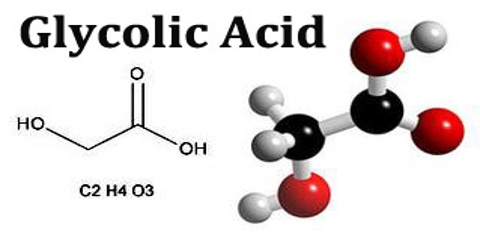

Salicylic Acid
Meanwhile, salicylic acid is a BHA (meaning it’s oil-soluble) so it’s able to penetrate beyond the surface and works deeper into your pores.
So, how do I know which chemical exfoliator to go for?
Go for GLYCOLIC ACID if: you want to get rid of acne scars, dark spots, hyperpigmentation, surface wrinkles, and fine lines.
Since it exfoliates mainly the topmost layer of the skin, it works best to brighten and fade acne scars, dark spots, hyperpigmentation, and uneven skin tones, as well as treating surface wrinkles and fine lines because it promotes quicker skin cell turnover to reveal new and healthier skin! Note: Since glycolic acid makes your skin extra sensitive to the sun, be sure to use sunscreen in the morning before heading out!
Product with Glycolic Acid:
Go for SALICYLIC ACID if: you have oily and acne-prone skin
Since it’s able to penetrate deeper, it effectively exfoliates and unclogs your pores from build-up of excess oil and dirt that may be causing irritation and ultimately, acne. This acid best targets pimples, blackheads, blemishes, and enlarged pores.
Products with Salicylic Acid:

Written by:
Maan Fernandez
EDITORIAL ASSISTANT
Maan loves her a good brow pencil, mascara, tint, and anything pink! She has combination skin, so a trusty oil blotter is all she needs to keep her t-zone in check. She’ll never get too old for a trip to the amusement park, and a half-dozen basket of Garlic Parmesan wings is the key to her tummy!




